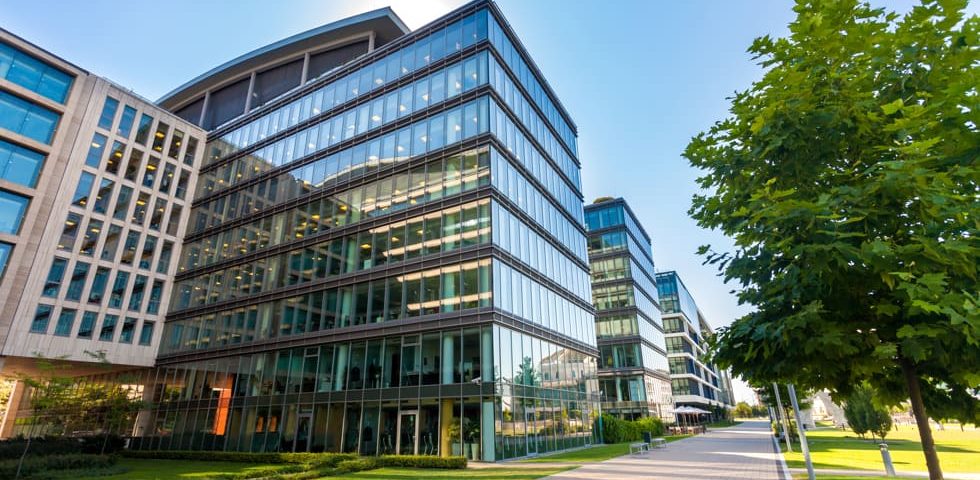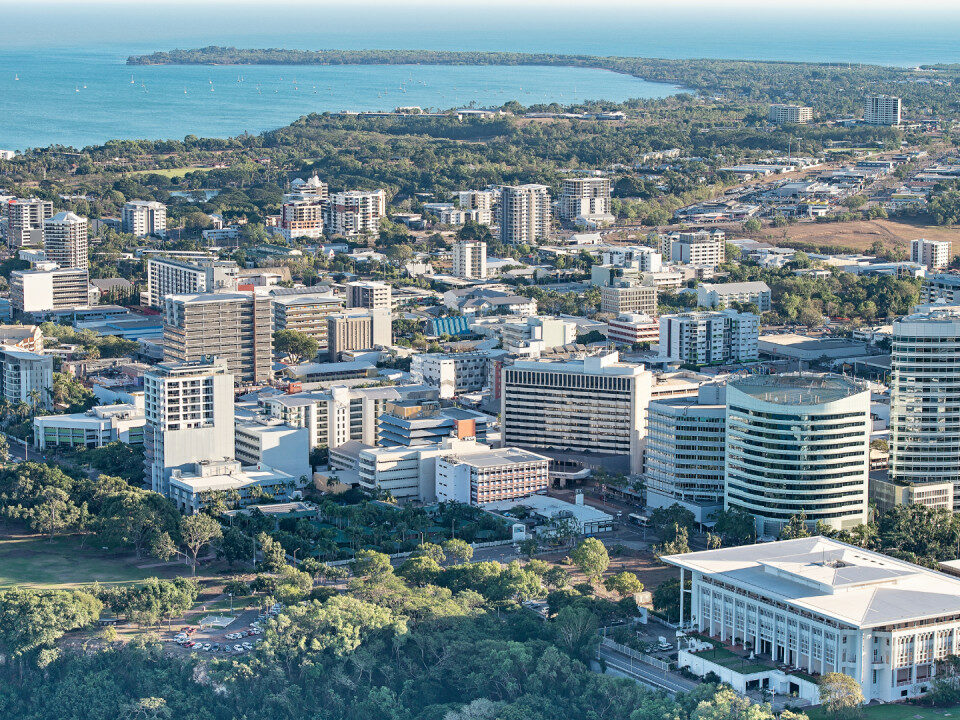- The first step is making the call.
- 1300 022 482
- hello@searchpartyproperty.com.au
Is Investing in Commercial Property a Good Idea?

Commercial property success is defined and stimulated in much the same way as residential property. Demand. However, what stimulates this demand is more complex and can require more detailed economic foresight and an eye for emerging industries, population growth and migration as well as a healthy bank balance. Commercial investment is often better suited to more experienced investors with a refined skill set, prior residential experience is advisable. Commercial investment is a more complex and time-consuming endeavor, and even for those with previous experience it’s differences demand proper attention.
First and foremost, let’s talk finances. Commercial properties have the potential to bring in a higher cash flow than residential ones. CoreLogic RP Data shows that the average rental return across Australia’s largest cities 3.6%, compared to between 8% and 12% gross rental yield for commercial properties. The cost to play is higher though, commercial investment loans take longer to approve, are more complex and come at the premium of consistently higher interest rates.
Another prominent issue is that commercial spaces are prone to longer vacancies and short lived tenancies. Over 60% of small businesses close doors within three years of opening. it’s not uncommon to have a ‘For Lease’ sign in the window for long stretches of time, and that will be time spent spending. Commercial property investment will always come with dry spells and it’s important to have strong capital reserves in order to survive tenancy droughts, as well as a willingness to rent below you’re expected amount to keep the property occupied. Even if you have a prospective tenant lined up, business owners are cautious and will take longer to make decisions than a residential buyer. Their livelihood is tied up in their tenancy, and businesses live and die on strong location, so don’t be surprised by cold feet. Especially when taking the risk of early investment in fledgling regions, where businesses could boom or bust fairly rapidly.
There is, however, a brighter side to this. Commercial rental markets are booming at the moment, particularly office spaces, and long term leases can actually restrict cash flow. Longer term agreements can appear like the safer option, but they can stunt rental growth. A ten-year lease agreement will keep the cash consistent, but it’s terms will remain gospel, and rates won’t grow with market value. It’s critical that you know your tenants, and how they’re making their money. If you see a high potential for growth in a business that relies on its location, a short term lease can bring you back to the negotiating table quicker and in a stronger position to increase rents. This will of course still require you to have a close understanding of the rental market. Over-supply of commercial spaces leaves tenants with a lot of options, and you’ll need to remain competitive and aware.
There’s a lot of anticipation required when it comes to commercial property investment. Residential properties come at a lower risk threshold, and the factors at play; such as population growth and living standards in any given location can be often be consistently predicted. With commercial investment you’ll be looking much more closely at the minutiae of economic factors. Whilst the ways in which people buy and rent residential property may change, people will always need places to live. Businesses and commercial markets have greater variances, and the growth of certain sectors and industries are affected by wide ranging and often sporadic factors. Workforces can shift location as well as industry, at the whims of the market. Office space won’t be a sound investment in regions defined by blue collar or agricultural labour markets.
It’s best to start from the bottom and work your way up. Look at the basic order of business and what precedes what economically. With economic growth; warehouses, transport and construction often see the first benefits, followed by retail and then office space. Look at the changes to infrastructure, small or great, in areas you are interested in investing in. For example, plans to construct a new international airport at Badgerys Creek has sent a shockwave through the local economy, and even created an entirely new suburb. You see similar patterns with new rail developments in Edmondson Park, the new hospital at Frenchs Forest and the changes to school catchment areas in St. Ives. Look ahead to further government initiatives and the hows, whys, wheres and whats of the growth they can inspire. Look at the sort of businesses that will crop up in response to these changes, their growth potential and what that will mean for investors in commercial property. Warehouses and storage spaces may seem less glamorous than storefronts and high rises, but if the shoe fits wear it.
However you spin it, commercial investment requires more time and understanding than residential. You’ll need to have an in-depth understanding of market forces with a finger to the pulse of your competition. There have been suggestions that with residential property prices steeply curving upward, commercial investments are a more viable option for first time investors. Whilst this may be the case financially speaking (if you set aside the potential costs of long-term vacancies), in certain locations, experience and a good knowledge of relevant market forces is invaluable in these sorts of investments. There’s a reason even I myself have only recently branched out into commercial investment. It’s a turbulent and risk-laden sea that requires a deft and steady hand to navigate it’s perilous waters.
Always consider Safe Property Investment options that are right for your situation.
If you would like to talk more about commercial property investing, let’s connect.




